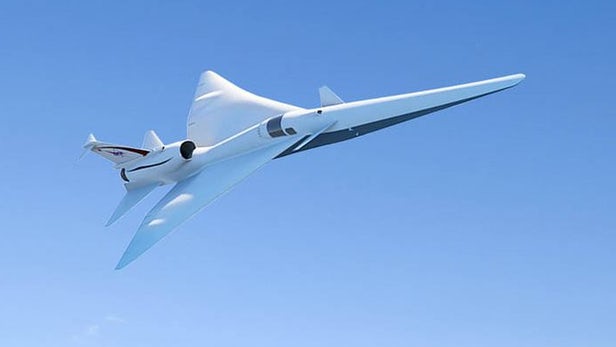
Breaking News
 2 Hours of Retro Sci-Fi Christmas Songs | Atomic-Age Christmas at a Snowy Ski Resort
2 Hours of Retro Sci-Fi Christmas Songs | Atomic-Age Christmas at a Snowy Ski Resort
 Alternative Ways to Buy Farmland
Alternative Ways to Buy Farmland
 LED lights are DEVASTATING our bodies, here's why | Redacted w Clayton Morris
LED lights are DEVASTATING our bodies, here's why | Redacted w Clayton Morris
Top Tech News
 Travel gadget promises to dry and iron your clothes – totally hands-free
Travel gadget promises to dry and iron your clothes – totally hands-free
 Perfect Aircrete, Kitchen Ingredients.
Perfect Aircrete, Kitchen Ingredients.
 Futuristic pixel-raising display lets you feel what's onscreen
Futuristic pixel-raising display lets you feel what's onscreen
 Cutting-Edge Facility Generates Pure Water and Hydrogen Fuel from Seawater for Mere Pennies
Cutting-Edge Facility Generates Pure Water and Hydrogen Fuel from Seawater for Mere Pennies
 This tiny dev board is packed with features for ambitious makers
This tiny dev board is packed with features for ambitious makers
 Scientists Discover Gel to Regrow Tooth Enamel
Scientists Discover Gel to Regrow Tooth Enamel
 Vitamin C and Dandelion Root Killing Cancer Cells -- as Former CDC Director Calls for COVID-19...
Vitamin C and Dandelion Root Killing Cancer Cells -- as Former CDC Director Calls for COVID-19...
 Galactic Brain: US firm plans space-based data centers, power grid to challenge China
Galactic Brain: US firm plans space-based data centers, power grid to challenge China
 A microbial cleanup for glyphosate just earned a patent. Here's why that matters
A microbial cleanup for glyphosate just earned a patent. Here's why that matters
 Japan Breaks Internet Speed Record with 5 Million Times Faster Data Transfer
Japan Breaks Internet Speed Record with 5 Million Times Faster Data Transfer
Lockheed Martin wins NASA supersonic X-plane contract

Son-of-Concorde may not be daydream for much longer with NASA awarding a US$247.5 million contract to Lockheed Martin to design, build, and test a prototype supersonic aircraft capable of generating no more noise than a car door closing while flying faster than the speed of sound over populated areas. The cost-plus-incentive-fee contract is aimed at producing the Low-Boom Flight Demonstration X-plane that NASA hopes will prove it's possible for regular supersonic passenger services to operate over land and will help to write new environmental regulations.
Ever since the last of the Anglo-French Concorde fleet was grounded in 2003, the aerospace industry has been working on ways to reintroduce supersonic technology to commercial aviation. Among the many hurdles that engineers face in making a new generation of supersonic liners is the infamous sonic boom.
Caused by the build up of a shockwave in front of an aircraft as it flies faster than the speed of sound, a sonic boom can exceed 200 decibels, causing all sorts of disruption to civilian life, livestock, and even cracking the odd window. It's for this reason that supersonic passenger flights in the past have been restricted to international flights over open water.
The contract awarded to Lockheed that runs through December 31, 2021 is to take care of the engineering side of the equation by creating and testing a new X-plane that can cruise at 55,000 ft (16,700 m) at a speed of 940 mph (1,513 km/h, Mach 1.2), yet generates only 75 Perceived Level decibels (PLdB) – a sonic thump instead of a boom.
Meanwhile, NASA will take care of the other side of the equation. It wasn't just the sonic boom that crippled the Concorde, but the environmental regulations passed in the 1970s to control it. These regulations relied on old science and were often written with prejudice against supersonics, so the agency wants to revisit them on the US and international levels.
As part of this NASA will, after taking delivery of the prototype, conduct its own flight tests to both confirm Lockheed's findings and to fly it over select US cities to gauge public opinion.
The video below introduces the concept of the sonic "thump."

 $100 SILVER CONFIRMED?
$100 SILVER CONFIRMED?

